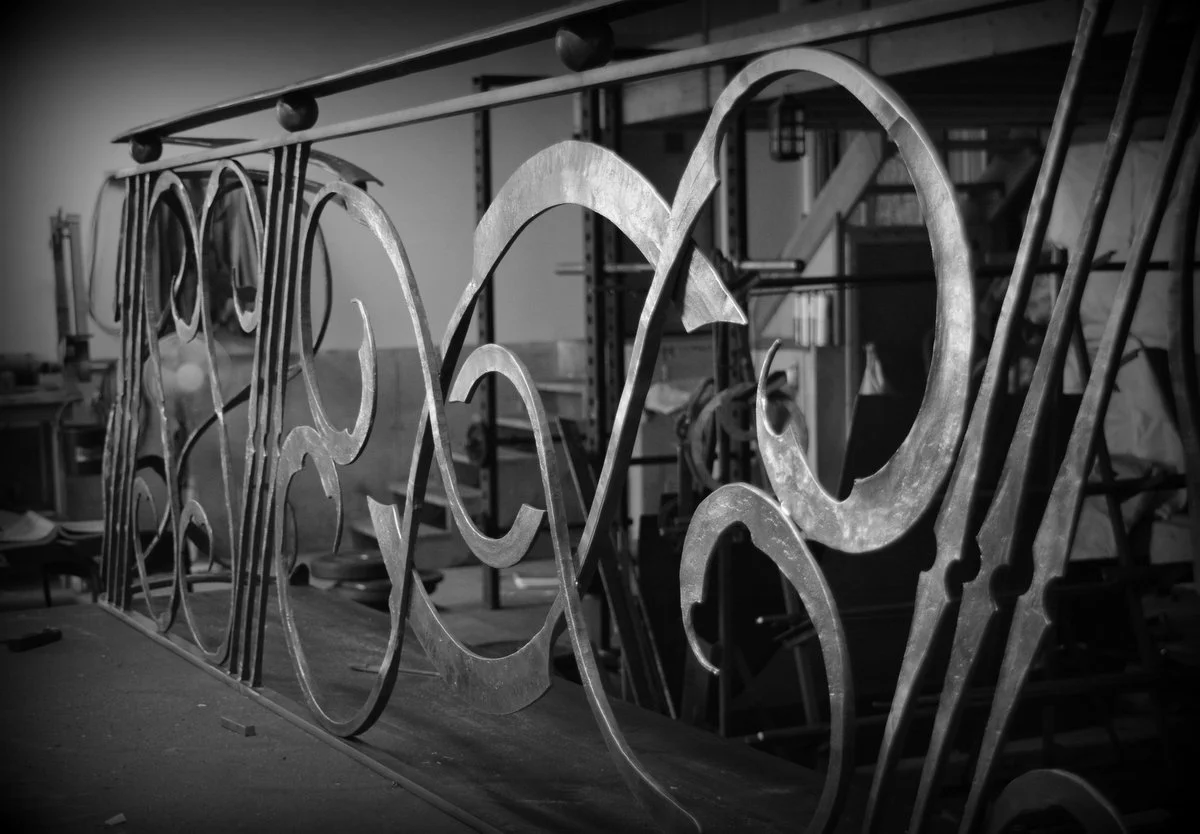“So how did you become a Blacksmith?”
Destiny.
Originally, I was going to be a goldsmith. Precious metals and stones are rarefied and beautiful, but there is a strength and a vitality to forged iron that no other medium can match. Glowing hot, steel is as malleable as clay, the possibilities are limited only by the mind and hand of the smith. It is a craft as old as civilization, one that after nearly two decades I am only just beginning to learn.
The Story
I began blacksmithing in 2003. Ever since, working metal has been my life’s pursuit: the endless process of gaining and refining skills and techniques going alongside the enormous scope of ironwork - several lifetimes of exploration would hardly be enough.
My first shop was a canvas wall tent, with few tools beyond hammer, anvil, forge, and leg vise. I found that - as with playing an instrument - practice and exploration are the keys to progress, not equipment and accessories. With two-and-a-half millennia of tradition to learn from, there is never any shortage of new techniques, and no limit to the progress that is possible.
Today, my shop has all the room I need. I forge what inspires me, limited only by time. The world walks by as the anvil rings, and cold iron is brought to glowing life as I forge ahead in time.
The Work
Forging is the most powerful and versatile method of working metal. The flexibility of clay and the strength of steel, there are no limits to what can be imagined and made real.
There is simply no comparison with modern industry. The work is much slower, more deliberate, and infinitely richer. The tools are simple. The processes are simple. The results can be complex beyond belief.
There is a distinctive richness and depth to hand-forged ironwork that no modern method can match.
Whether a Gothic railing or an Art-Deco room divider; Baroque ornament in black iron or space-age simplicity in stainless steel - anything can be expressed in the language of metal.


